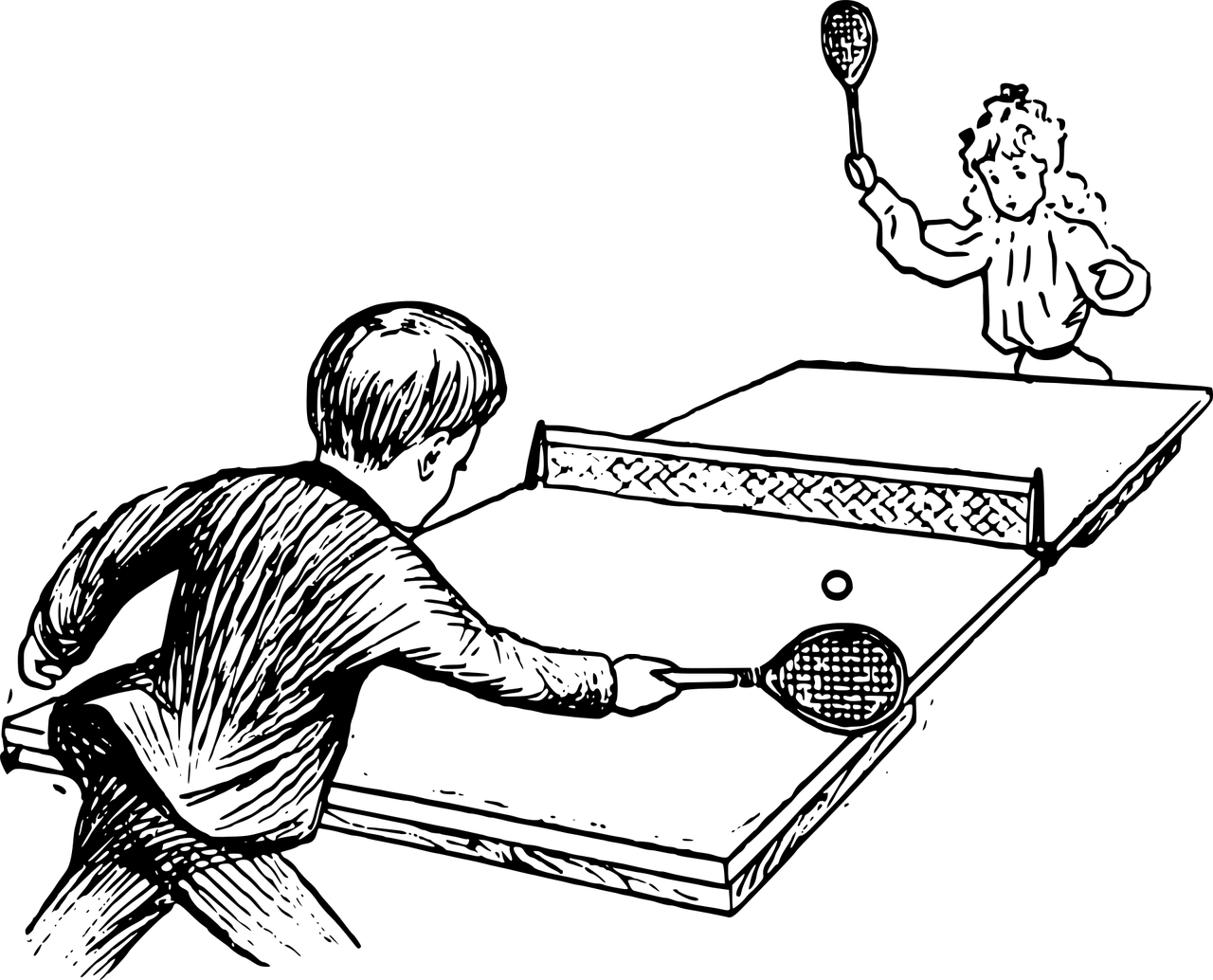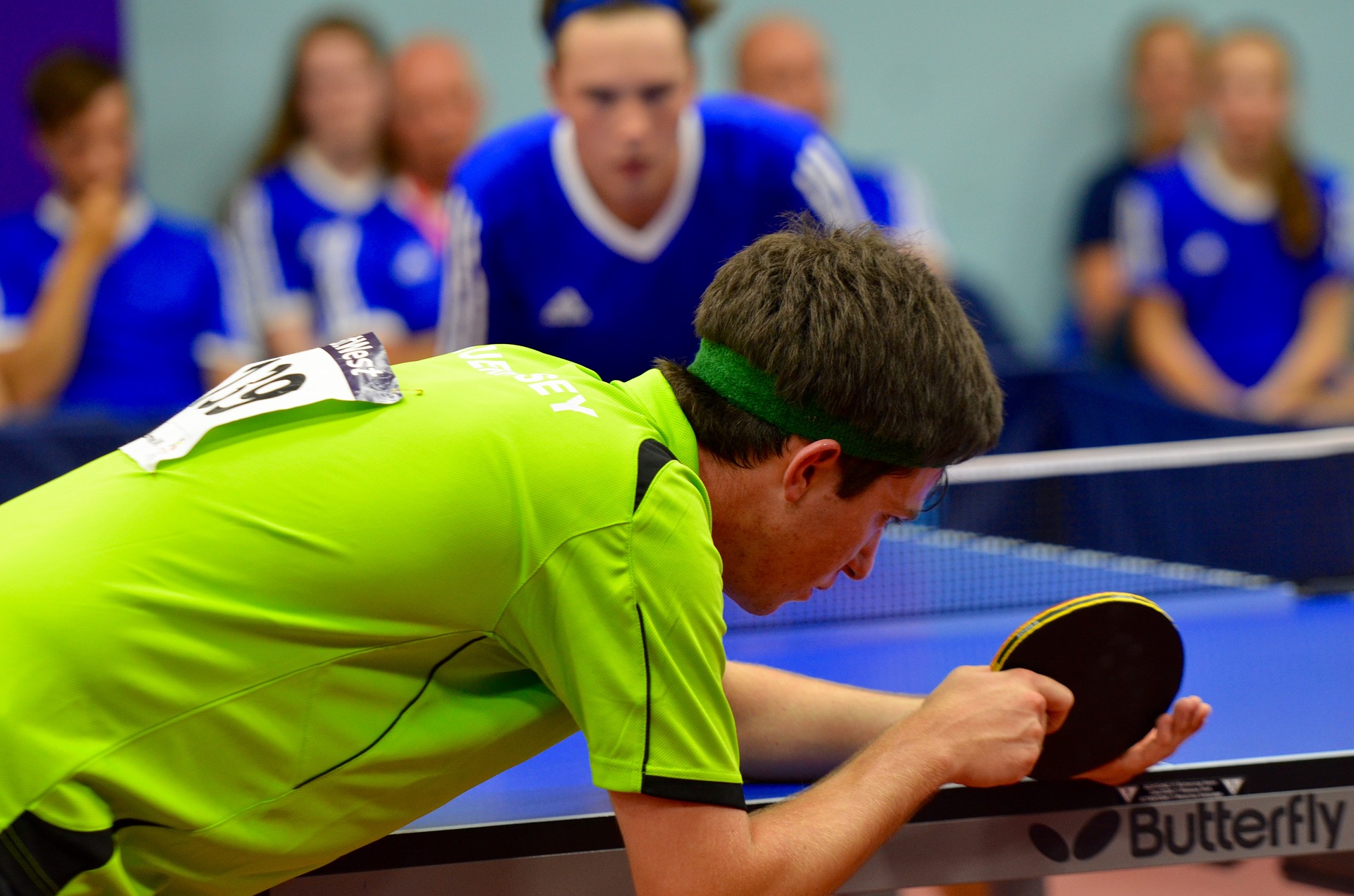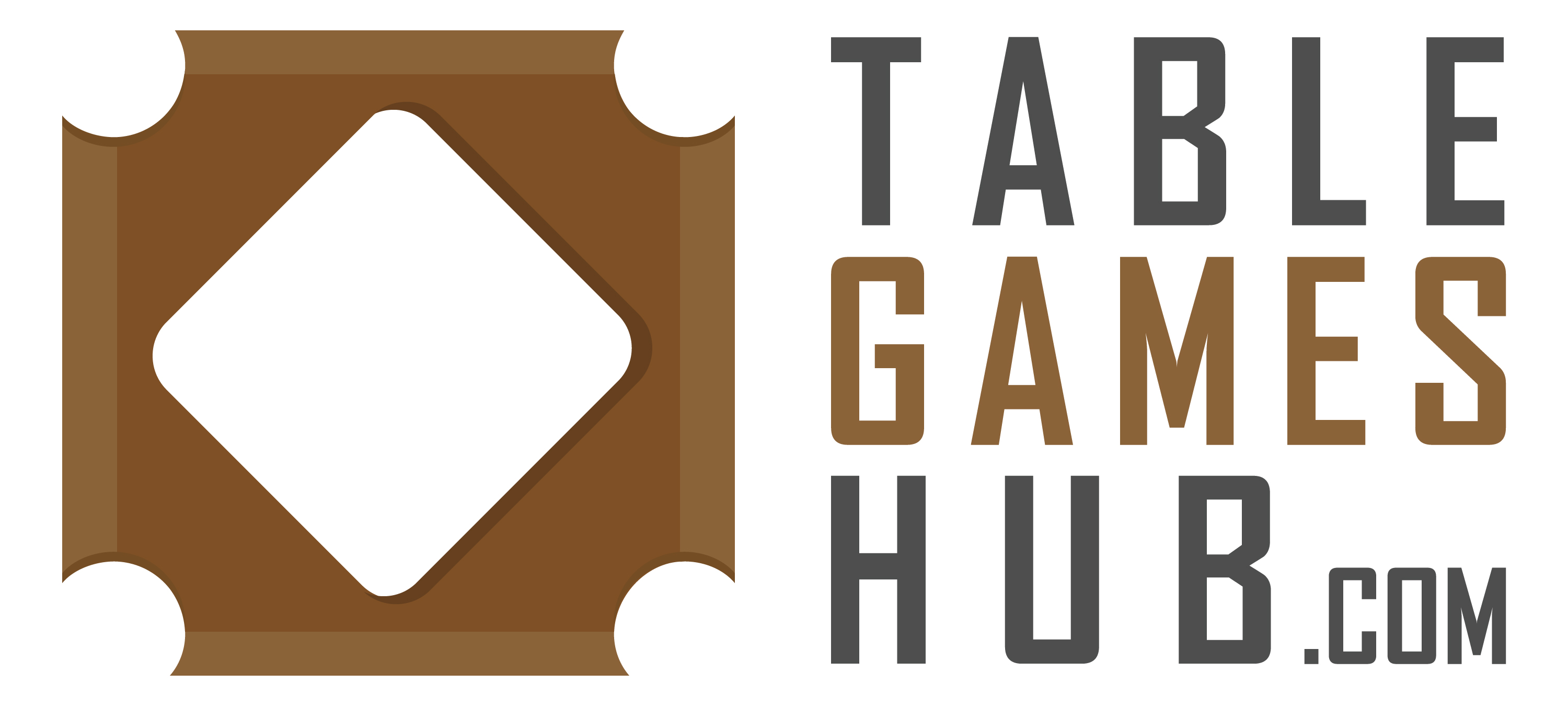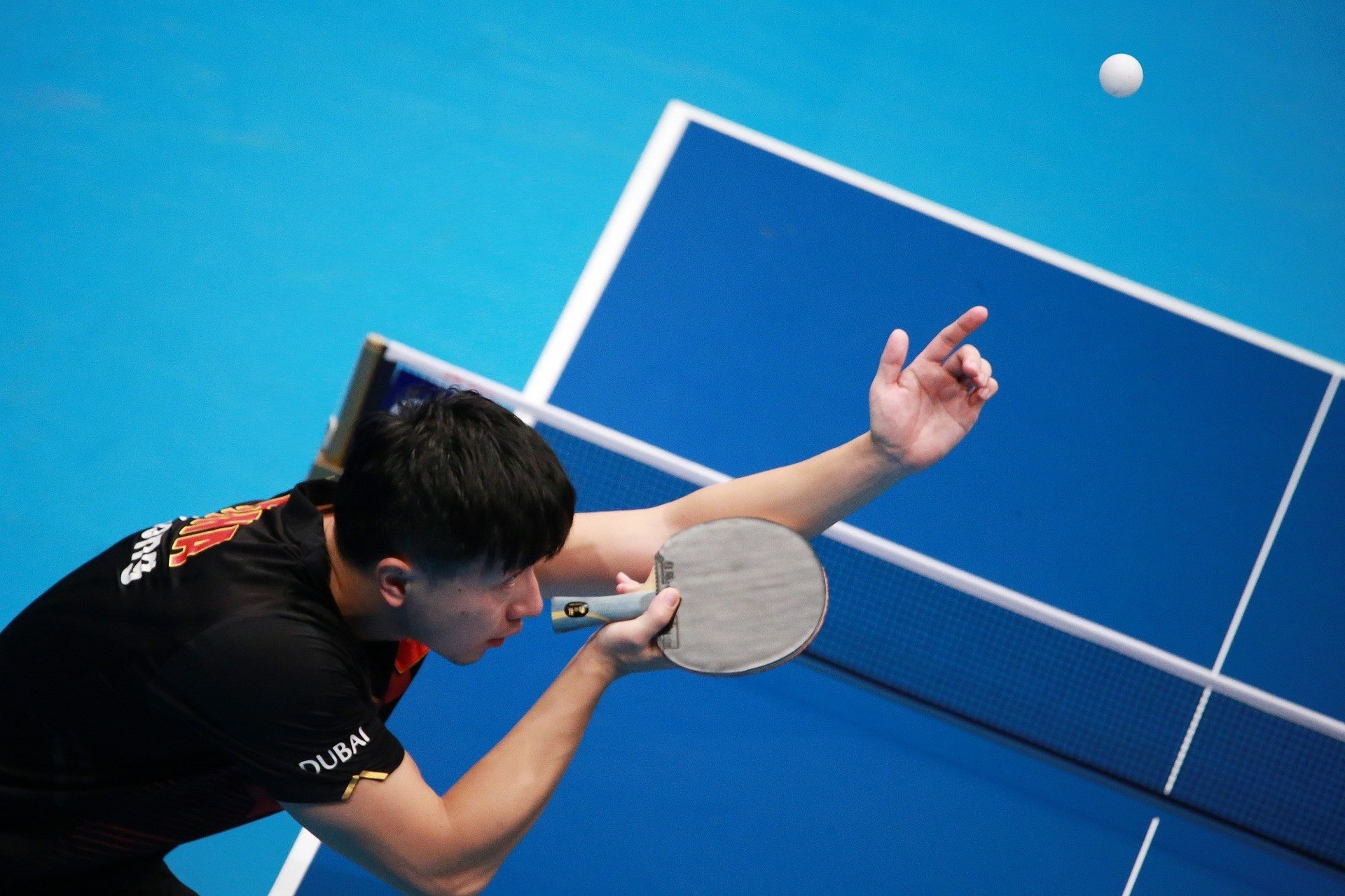Ping pong- also known as table tennis- is a fun game that two to four players can enjoy together.
In fact, some people play professionally- which is fun to watch- but even those who only play recreationally can become skilled.
Following are some ping pong tips and strategies for beginners- as well as some tips for winning.
Getting Started
Here are a few tips on getting started with the game of ping pong.
Find a Partner
First of all, you want to find someone that you can play ping pong with.
Sure, you can play alone, against a wall- but where’s the fun in that?
You’re probably going to want to find someone that plays at your same skill level or even a little better.

In addition, you probably want someone that isn’t competitive or aggressive if you’re just starting out.
You can play 1-on-1 or doubles, which is two teams of two people.
Finally, you’ll want to find someone that has access to a table, ping pong balls, and paddles.
Holding the Paddle
In order to successfully play ping pong, you must know how to grip the paddle.
There are 2 styles of gripping: pen grip and shake hand grip.
No matter which grip you use, you must remember to hold it loosely so that your wrist can move freely.
When you clench your fist around the handle, most of the force ends up coming from your arm instead of your wrist, so it won’t be as accurate.
Determine Who Serves First
According to the official rules, the right to choose is determined by drawing straws, flipping a coin, or something along those lines.
The winner then can choose to serve first or choose to receive.
The opposing player/team chooses the side of the table he/she will play on.
Of course, if you are playing recreationally, you can choose who serves and who receives however you choose.
Serve the Ball
When serving the ball, toss it out of your free hand a minimum of 6” and then hit it with your paddle so that it bounces once on your side of the net and then hits your opponent’s side.

When playing singles, you can serve to any point on your opponent’s side of the table and he/she will return.
If you are playing doubles, serving is rotated between you and your partner and the ball must bounce first on your side of the table in front of you and then bounce on your opponent’s side in front of the player opposite of you.
If the ball ends up hitting the net on a legal serve, it is called a “let” and the serve will be repeated with no points awarded.
When it comes down to game point, the loser will serve.
Returning the Ball
After a serve/return, you may return the ball over/around the net to any area on the opponent’s side of the table.
You must return the ball after one bounce on your side- before the second bounce and before it hits the floor or anything else off the table.
If the ball does hit the net on a return, but goes over and hits the opposing side, it is still considered in play and the opponent must return it.
Scoring Points
For each rally that is not a “let”, a point is awarded. Here are the basics:
- Serve goes into the net and off the table without hitting the opposing side or hits the wrong side of table on the opposing side (doubles), the receiving person/team gets one point.
- Return is not legal, opponent gets one point.
- Receive legal serve/return and hit ball more than once with your paddle or touch ball with any part of your body, opponent gets point.
- If serve/return does not hit your side of the table, you get a point- even if the ball hits you or you catch it after it goes off the end of the table.
- Touch ball with free hand/move table, opponent is awarded a point
Winning the Game

In the case of recreational play, people like to play to 15 (alternating server every 5) or 21 points.
However, officially, play is to 11 points- server is alternated every 2 points. If you want to win, you must be ahead by 2.
If players/teams are tied at 10-19, the typical order of play continues, but server alternates sides every point instead of every 2.
Develop Your Skills
Now that you have an idea of the basic rules of playing ping pong, let’s take a look at some ways to develop your skills.
Consistent Practice
In order to become a good ping pong player, you must practice consistently.
You must pay attention to things like keeping the ball low, watching the ball closely, and getting a feel for timing.
Develop a Strong Backhand/Forehand
If you want to be considered a good ping pong player, you must learn to hit the ball from either the right or left side of your body.
Ideally, you’ll get yourself comfortable with your backhand and your forehand because it’s not common practice to play ambidextrously.
Learn to Spin the Ball
You can put some spin on the ball by flicking your wrist up/down or right/left as you hit the ball.
If you have some time, you might want to practice against a wall and figure out what works best for you. You might find it helpful to “chop” the ball.
This helps to spin the ball, decrease the speed, and slip in a new trajectory. You can experiment with this using your backhand and forehand.
Smash High Balls
Learn to “smash” the ball- also known as “slam” or “spike”- which involves hitting it so forcefully that it is going fast enough to be unreturnable.
This is a powerful weapon, but can be difficult to use it accurately right at first.
At first, your “smash” is most likely to go into your net or off the other end of the table. However, don’t give up- keep trying and you’ll eventually get it figured out.
Develop Your Serve
As you improve your skills as a ping pong player and start facing more advanced opponents, a fast or “spinny” serve will be your key to winning the game.
If you give the opposing player/team an easy serve, you may not even be able to get your paddle on his return serve.
An easy serve will give him/her the time necessary to hit you back with a slam you’ll never see coming.

Of course, while speed is very important as you face more advanced players, you must also maintain your precision and aim.
As you improve your skills, you’ll learn to predict where the ball is going to fall and the effect each strike will have on it.
Ping pong is a really fun table game that can be played recreationally or competitively.
Of course, if you want to reach a point where you play competitively, you’ll want to keep these things in mind.
These ping pong tips and strategies for beginners will help you reach advanced status in no time.
References:
https://www.pingpoolshark.com/ping-pong-tips-help-you-master-game/


